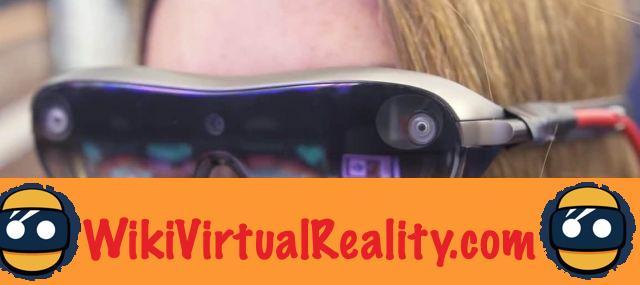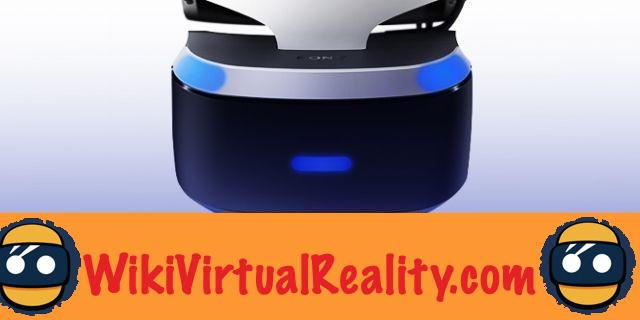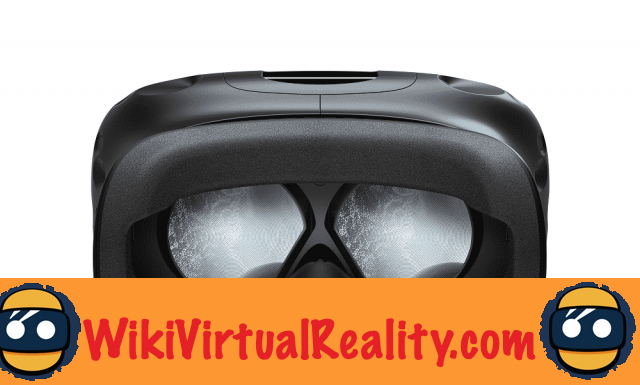
Several elements constitute the optics in virtual reality headsets. The most important part is the pair of lenses that take the image from 2D to 3D. Several characteristics define its quality and type, one of the most important is the optical center.
Virtual reality headsets, whether they work with a smartphone or a PC, are devices that have different parts. OLED screens are an important part because they broadcast information. The sound system is an integral part of the immersion and the joysticks allow you to interact with the virtual environment. One part that is all too often overlooked is the pair of lenses that go with each helmet.
An adapted FOV for an optimal experience
These curved pieces of glass create the virtual field of vision. Without them, no VR. Several elements govern the quality and characteristics of these optical creations. The FOV or "field of view" is one of the specs by which we judge lenses. This notion is quite simple to understand, as it is the whole of human sight. In short, it is a person's field of vision. In the world of virtual reality, we speak of angular FOV calculated in degrees.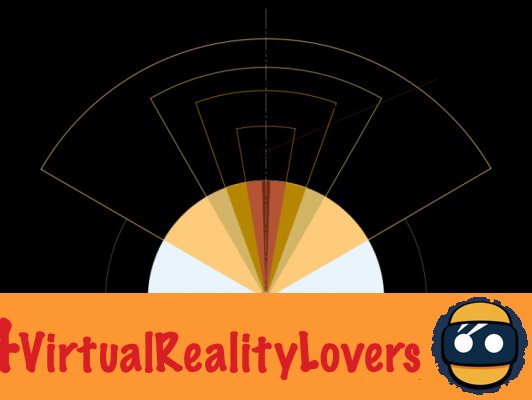
There is a simple law that governs the way FOV works: the higher the angle, the more limited the field of view. On the contrary, a wide angle will have a higher field of view. A good FOV is essential for a good immersion in virtual reality. The reason is simple, a user seeing the edge of the screens will always have a visual reminder that what they are seeing is only a projection. A too small field will limit the user experience from a visual point of view. The ideal FOV is entirely relative to the screen size.
A fundamental characteristic: the optical center
The optical center of a lens is the point through which light passes without being deflected. This point must be in alignment with the retina in order to have a clear vision. In the case of prescription glasses, the optical center is determined by the optician and then custom integrated into the lenses. Virtual reality lenses are built a little differently. The optical center is systematically placed in the center of the lens. Which makes sense since they are built industrially.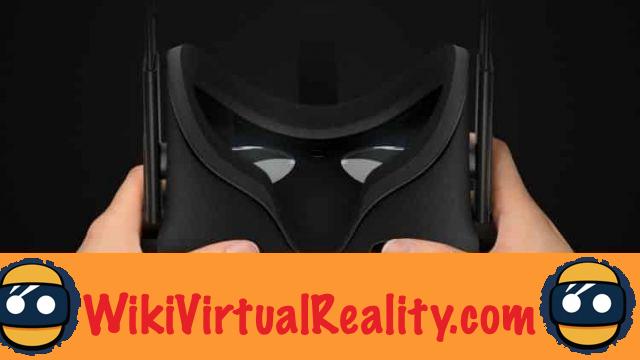
This characteristic differs in its diameter measured in millimeters. The smaller the optical center of a helmet, the more precise alignment the eye will need for clear vision. A larger diameter therefore offers more flexibility to the wearer. This second option therefore seems to be the best for most helmets. The question of interpupillary distance also comes into play when we talk about the optical center.
Adapt the helmet to the interpupillary distance
The distance between the pupils of the users varies greatly, having a way to adjust the optical center for each type of vision. A fairly rudimentary, but very functional system has been implemented in the majority of helmets. These are in a higher price range than the basic cardboard, but the comfort offered is worth the investment. These systems are generally frames holding the lenses all connected to knobs. These allow the user to adjust the glasses to his vision. In other words, adjusting the optical center to his retina.
The various helmets on the market have higher or lower fields of view ranging from 210 degrees for the highest to 90 degrees for the smallest.. Knowing the diameter of an optical center in a lens is complex. This requires the assistance of an optician. Unfortunately, we were unable to obtain this information. However, here is an excerpt from the FOVs of virtual reality headsets as well as indications on the adaptability of pupillary distance and therefore their ability to align with the optical center.
StarVR : FOV 210° – ?
HTC Vive: FOV 110 ° - Adaptable optical center
Rift eye; FOV 110 ° - Adaptable optical center
HDK2: FOV 110° – ?
Homido: FOV 100 ° - Adaptable optical center
pits FOV 100° – ?
PSVR : FOV 100° – ?
Zeiss One VR : FOV 100 ° - Non-adaptable optical center
Samsung Gear VR : FOV 96 ° - Non-adaptable optical center
Google Cardboard : FOV 90 ° - Non-adaptable optical center
StarVR wins FOV award
The optical center and the FOV are therefore not characteristics to be taken lightly. These two elements are at the center of a qualitative virtual reality experience. This is why the StarVR, Starbreeze's headset, is perceived as the best on the market from a performance point of view.. Already, the resolution is better, but the field of view is also double that of the Rift or Vive.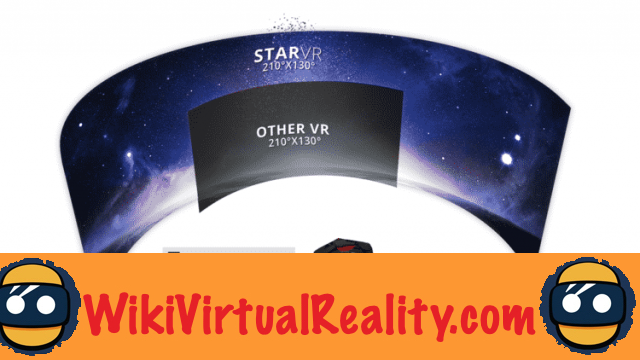
It remains to be seen whether the lenses will have an optical center suited to this impressive field of vision. The creators, however, warned that this device was not intended for sale to the general public because of its price.. The superior capabilities of the helmet therefore explode its construction costs. The real limit of the optics of virtual reality headsets is therefore the buyers' wallet.
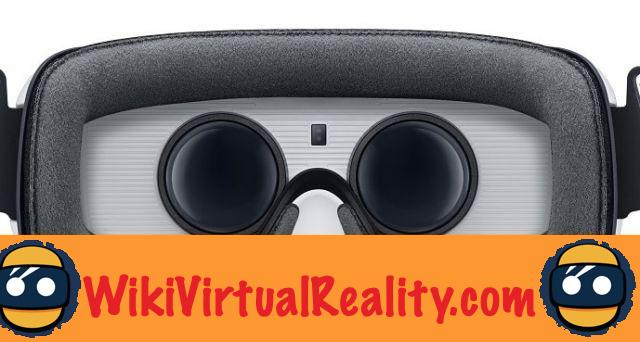
How to calculate your interpupillary distance?
Knowing your interpupillary distance allows you to perfectly adjust your virtual reality headset. A helmet calibrated to your needs is essential to have an optimal vision of the projected virtual world. You can easily calculate it using a ruler and a little tutorial. For information, the interpupillary distance of a child is between 43 and 54 mm. For an adult, between 54 and 74 mm.
1) Stand 20 centimeters away from a friend or a mirror
2) Place the ruler horizontally above your eyes
3) Close your right eye and line up the zero of the ruler with the center of the pupil of your left eye looking straight ahead
4) Open your right eye and close your left, take the distance between zero and your pupil
This measurement is your interpupillary distance.





![[GOOD TIP] The DJI Mavic Air drone at only 970 euros 🔥](/images/posts/508c7088bbc439b2faabf0ee3721dc83-0.jpg)
![[WWDC 2017] Mac VR: Apple computers running macOS High Sierra compatible with HTC Vive](/images/posts/1efe8a66c6dc80ec888133efad603474-0.jpg)
![[Review] Augmented Empire - A fascinating cyberpunk tactical RPG on Samsung Gear VR](/images/posts/e59f79c2980c7163a7cfe93c1a40e553-0.jpg)








